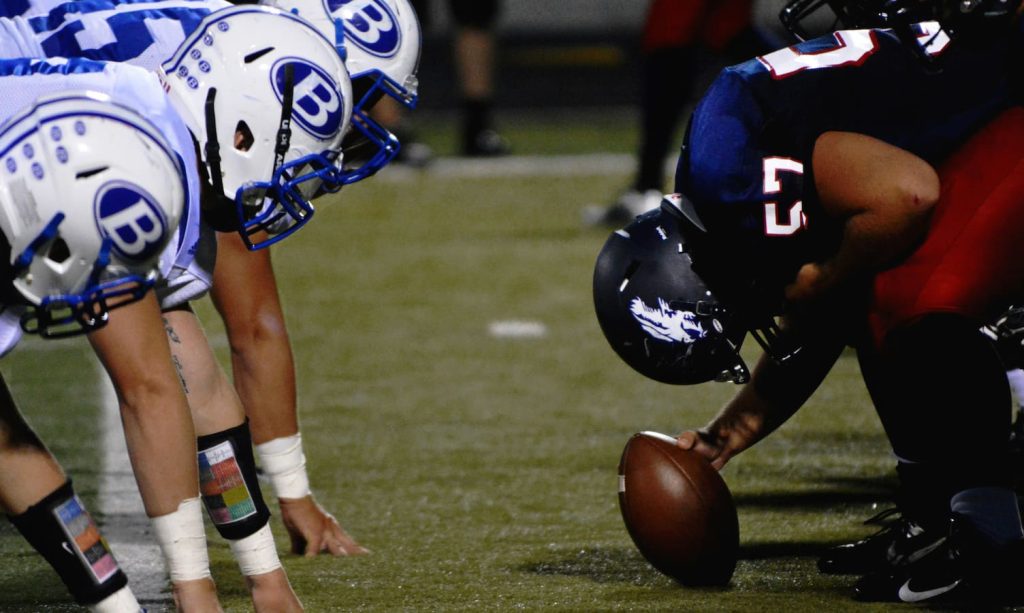Football is a game of strategy, execution, and adaptation. The champion of betting on TonyBet. While Canadian and American football share common roots, their differences in rules and field dimensions create distinct tactical approaches that shape coaching philosophies. From the number of downs to field size, these variations influence play design, player roles, and game management. Understanding these distinctions provides insight into how coaching strategies evolve in each version of the game.
Field Dimensions and Player Alignment
One major difference between Canadian and American football is field size.
A Canadian field is 110 yards long and 65 yards wide. An American field is 100 yards long and 53.3 yards wide. End zones also differ. In Canada, they are 20 yards deep. In the U.S., they are only 10 yards deep.
The larger field in Canada creates more open space. This makes the game faster and more demanding. Coaches prioritize speed and agility over brute strength. More space allows for longer passes and dynamic movement.
Defense is also affected. A wider field forces defensive backs and linebackers to cover more ground.
Another key difference is the number of players. Canadian football has 12 per team, while American football has 11. The extra player in Canada is usually a slotback.
This adds complexity to offensive formations. Coaches use the additional player to create mismatches. Motion-heavy plays help gain an advantage.
Downs and Offensive Strategy
One of the most significant tactical differences between the two leagues is the number of downs. Canadian football allows three downs per possession, whereas American football provides four downs. This rule fundamentally changes offensive play-calling and risk management.
With only three downs, Canadian football teams must be more aggressive in gaining yardage. The emphasis is on big plays, passing, and efficient yardage gains to maintain possession. Running the ball on first down is less common unless a team has a highly effective rushing attack. Coaches in Canada prioritize quarterbacks who can extend plays and receivers who can create separation quickly.
In contrast, American football teams can afford a more balanced approach, utilizing the running game to grind out yards and control the clock. With an extra down, coaches can implement more conservative game plans, allowing for methodical drives. This difference also impacts player selection, as American teams place greater value on power running backs and offensive linemen who can dominate in the trenches.
Motion and Pre-Snap Adjustments

Canadian football allows unlimited motion before the snap. Multiple receivers can move toward the line of scrimmage before the ball is snapped.
This creates dynamic offensive schemes. Receivers gain momentum before the play begins. Coaches use this to confuse defenses. Defenders must react quickly to pre-snap movement.
In American football, motion is limited. Only one player can move before the snap. They cannot move toward the line of scrimmage.
This rule makes the game more structured. Offenses rely on timing routes, precise blocking, and traditional formations.
Canadian defensive coaches must counter motion-heavy plays. They design strategies to disrupt passing lanes. American coaches focus on pre-snap reads and disciplined defensive alignments.
Special Teams and Kicking Game
The kicking game differs greatly between the two versions of football.
In Canadian football, a punt or missed field goal that isn’t returned out of the end zone earns a single point (rouge). This rule adds strategy. Teams must choose between a long field goal or a punt to pin their opponent deep.
Defensive alignment also sets the games apart. In Canada, defenders must be one yard off the line of scrimmage. This weakens the pass rush slightly. In American football, linemen line up directly in front of their opponents.
This rule changes defensive strategy. Canadian coaches focus on lateral movement and blitz timing. American coaches emphasize power at the line of scrimmage.
Impact on Coaching Styles
These tactical differences shape coaching in unique ways.
Canadian football coaches prioritize speed and adaptability. They rely on aerial attacks. American coaches focus on ball control and power running. They emphasize structured game management.
Defensive coordinators in Canada design coverage-heavy schemes. They must defend against frequent passing plays. In contrast, American defensive coaches build strong front-seven units. They aim to stop the run and pressure the quarterback.
Offensive coordinators in Canada favor high-tempo, quick-strike offenses. Their American counterparts prefer long, sustained drives. These drives wear down defenses over time.
Both versions of football require innovation and strategy. However, rules and field dimensions create distinct challenges. These differences shape how coaches build and execute game plans. The contrast between Canadian and American football shows how small rule changes can lead to major shifts in tactics, player development, and coaching philosophies.
